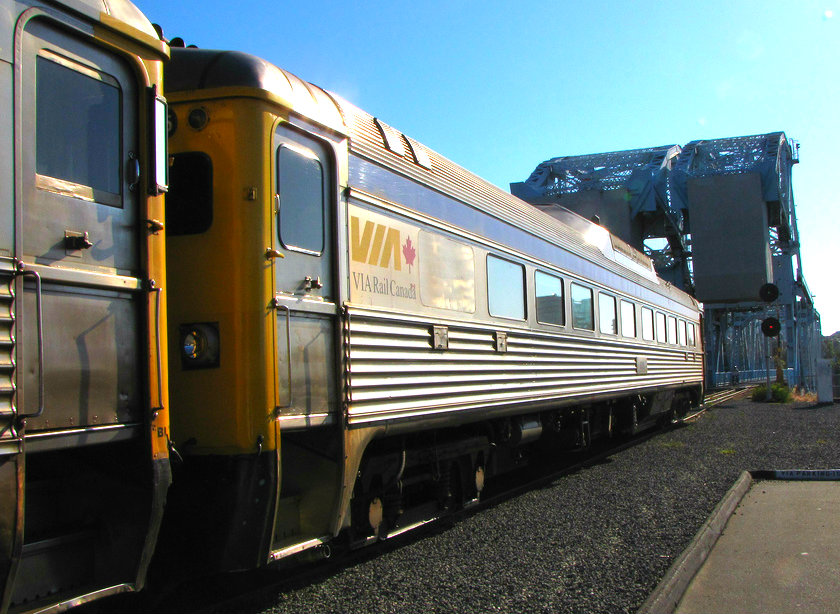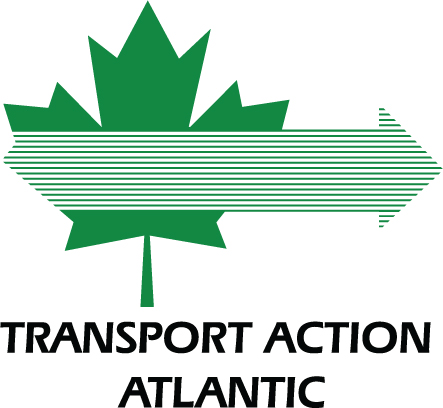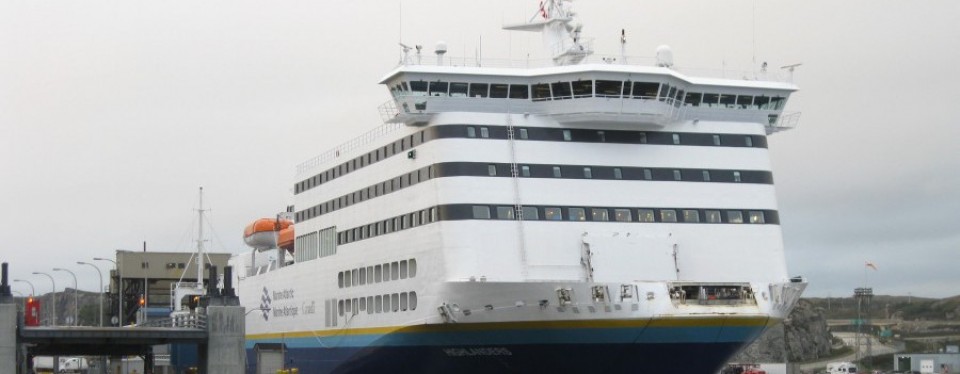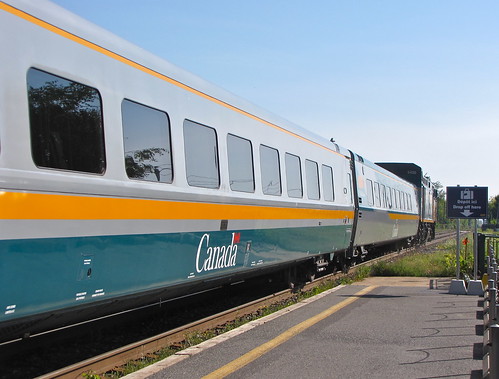
Transport Action Atlantic is encouraged by another forward step this week in the Halifax commuter rail proposal. As a long-time advocate for convenient, affordable and sustainable public transportation, TAA is excited about the various developments in public transportation planning underway in Halifax at the moment, particularly the work underway on the Integrated Mobility Plan, but believes there is still much room for improvement. In addition to measures like transit priority and bus route redesigns, commuter rail has the potential to play a major role in the transportation future of Halifax, according to the public transportation advocacy group.
“There is undoubtedly an appetite right now for the development of commuter rail in Halifax,” says TAA vice-president Ashley Morton. “This was on clear display last year, with the strong showing at public meetings and the outpouring of overwhelmingly supportive comments from the public during that time. The current system needs improvement, and many people see commuter rail as the solution to slow commutes on the western side of the Harbour, caused by over-clogged roadways from Bedford, Sackville and Fall River towards the Peninsula.”
TAA believes Halifax has a unique opportunity for commuter rail. Unlike many cities that may wish to look at such a system, it already has an underutilized rail corridor linking several major suburban communities to downtown. The rail corridor parallels a major commuter thoroughfare, the Bedford Highway, along which there has been very significant population growth in recent years, passes Halifax’s three universities, and ends deep into the southern part of the downtown core, nearly on the waterfront.
“It once had additional tracks and hosted many more freight and passenger trains every day, so there is no doubt it could do so again with relatively small infrastructure investments,” Mr. Morton noted. “As many people said during the public engagement period last year, using this corridor for a commuter rail system just makes sense.”
Though supportive in principle, TAA is urging caution with the implementation of any new system. In order to be successful, commuter rail must be planned in the context of the greater Halifax transportation network, and designed to meet the needs of users, rather than simply being a system of convenience, dictated solely by what is the easiest to do. Careful consideration must be given to scheduling, integration with buses, the location and accessibility of stations, the type of equipment used, and the way the network can work with the mobility patterns in the city. Continue reading “Halifax commuter rail proposal greeted with cautious optimism”







